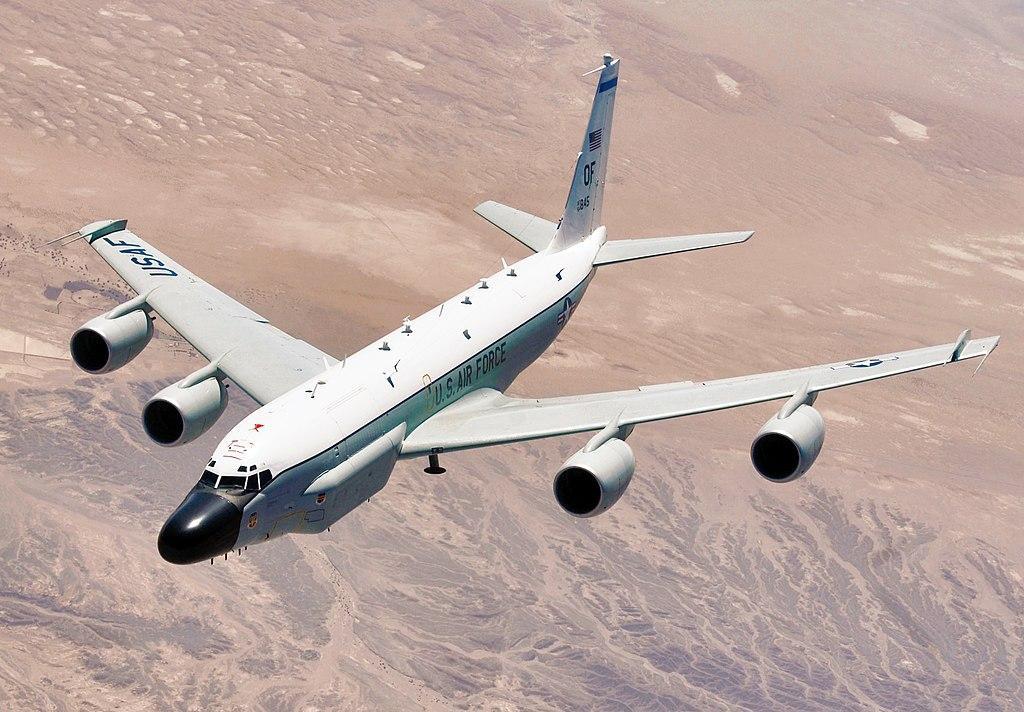Russia’s Invasion Of Ukraine Began With Over 160 Missile Strikes–U.S.

Russia’s invasion of Ukraine began with an opening salvo of more than 160 missiles targeting military locations including several airfields, during the first day of fighting, according to a U.S. assessment.
President Joe Biden, in a White House address, said Russian President Vladimir Putin’s decision to invade Ukraine unprovoked is a “flagrant violation of international law.” In response, the U.S. would place additional sanctions on Russia, including freezing assets in the U.S., blocking the country from doing business with the American dollar, sanctioning Russian banks that hold about $1 trillion in assets and cutting off high-tech imports to limit the country’s ability to modernize its military and degrade its aerospace industry and space program.
“Putin is the aggressor,” Biden said. “Putin chose this war. And now he and his country will bear the consequences.”
A senior Pentagon official said as of late Feb. 24 local time Russia had not moved a majority of the forces it has placed near Ukraine’s borders, calling the initial incursion the first phase of a military operation aimed at decapitating leadership in Kyiv and installing new leadership.
The operation began at about 9:30 p.m. Eastern time, about 4:30 a.m. local, with the firing of land- and sea-based missiles. The official said the majority of the more than 160 weapons were short-range ballistic missiles, along with medium-range ballistic, cruise and surface-to-air missiles. About 75 fixed-wing aircraft including heavy and medium bombers took part in the initial invasion.
The missiles targeted military and air defense sites, including barracks, ammunition warehouses and nearly 10 airfields.
The official said the fighting started on three main axes: from the south with invading forces from Crimea, from the northern border of Belarus heading toward Kyiv, and from the northern border heading toward the city of Kharkiv. This approach is “clearly designed to take key population centers” before seizing the capital. Kharkiv is the site of the heaviest fighting, the official said.
Despite the presence of amphibious landing ships in the Black Sea, there is no evidence of a landing yet, the official said. Communications are still open throughout the country, and the official said the U.S. does not believe the “full scope of Russian electronic warfare capabilities have come into play yet, and they may yet.”
The U.S. military could not confirm reports of downed Russian aircraft, though Ukraine has claimed several have been shot down.
U.S. and NATO aircraft that had been watching developments from within Ukrainian airspace left to nearby countries, keeping watch from the skies above Poland and Romania. Flight tracking websites showed NATO E-3 AWACS, U.S. RC-135s and several refueling tankers flying throughout the region.
Two U.S. Air Force B-52 bombers flew from RAF Fairford, England, to the east on Feb. 24 in what the service said was a long-planned training event. One flew to Sweden and integrated with ground forces there, and another flew to Poland where it trained with Polish MiG-29s.
Six U.S. Air Force F-35As are deploying to nations in NATO’s east, with two each to Estonia, Lithuania and Romania. The deployment of AH-64 attack helicopters that the Pentagon announced Feb. 23 has been slowed by weather.
Biden announced he has authorized the deployment of thousands more U.S. troops to locations on NATO’s eastern front. The Pentagon said the deployment of 7,000 troops would include soldiers from the 1st Armored Brigade Combat Team, 3rd Infantry Division, Fort Stewart, Georgia. This would bring the total number of U.S. forces deployed to Europe because of Russia’s aggression to about 12,000, in additional to roughly 80,000 troops already based in the region.





